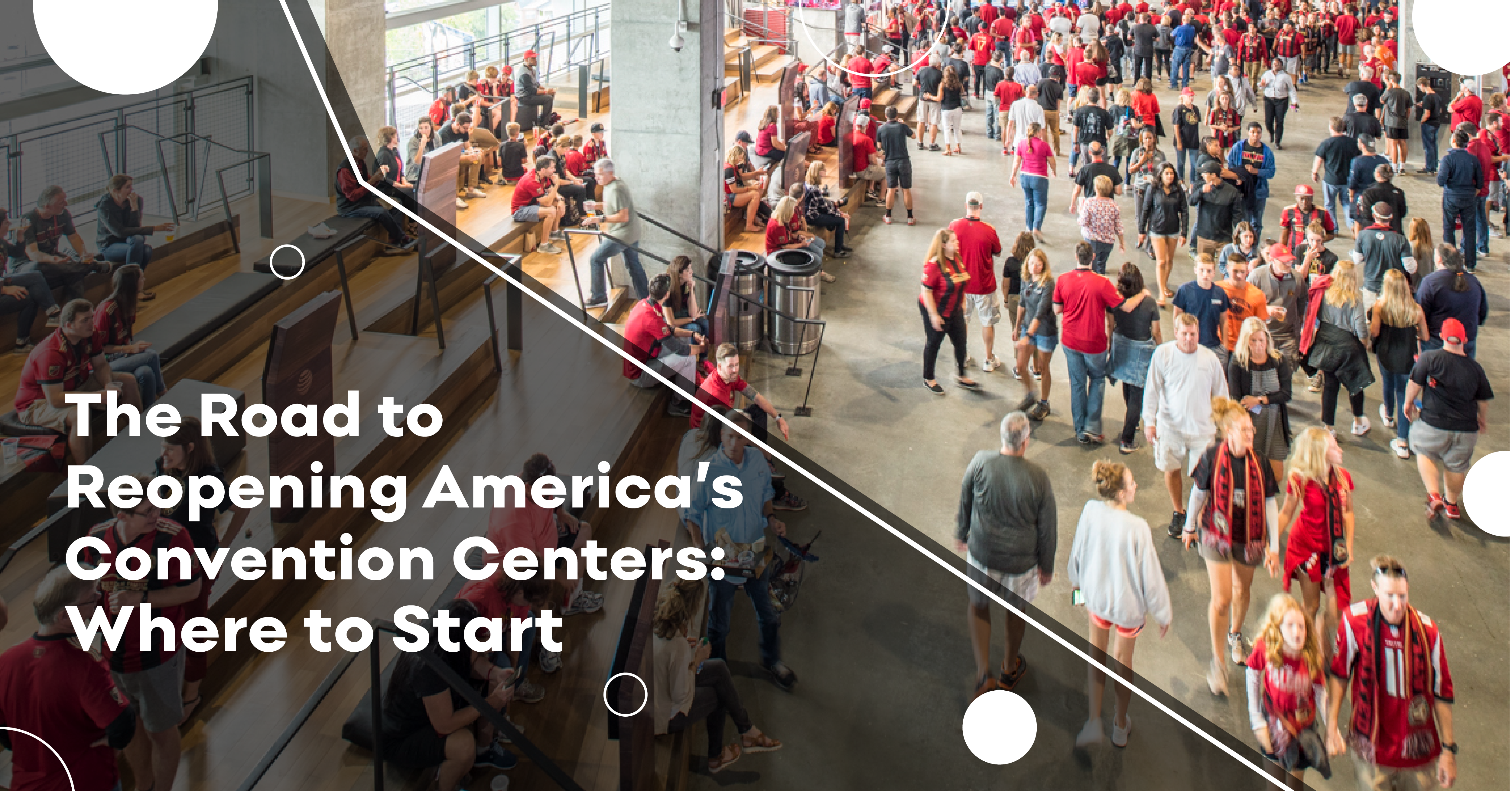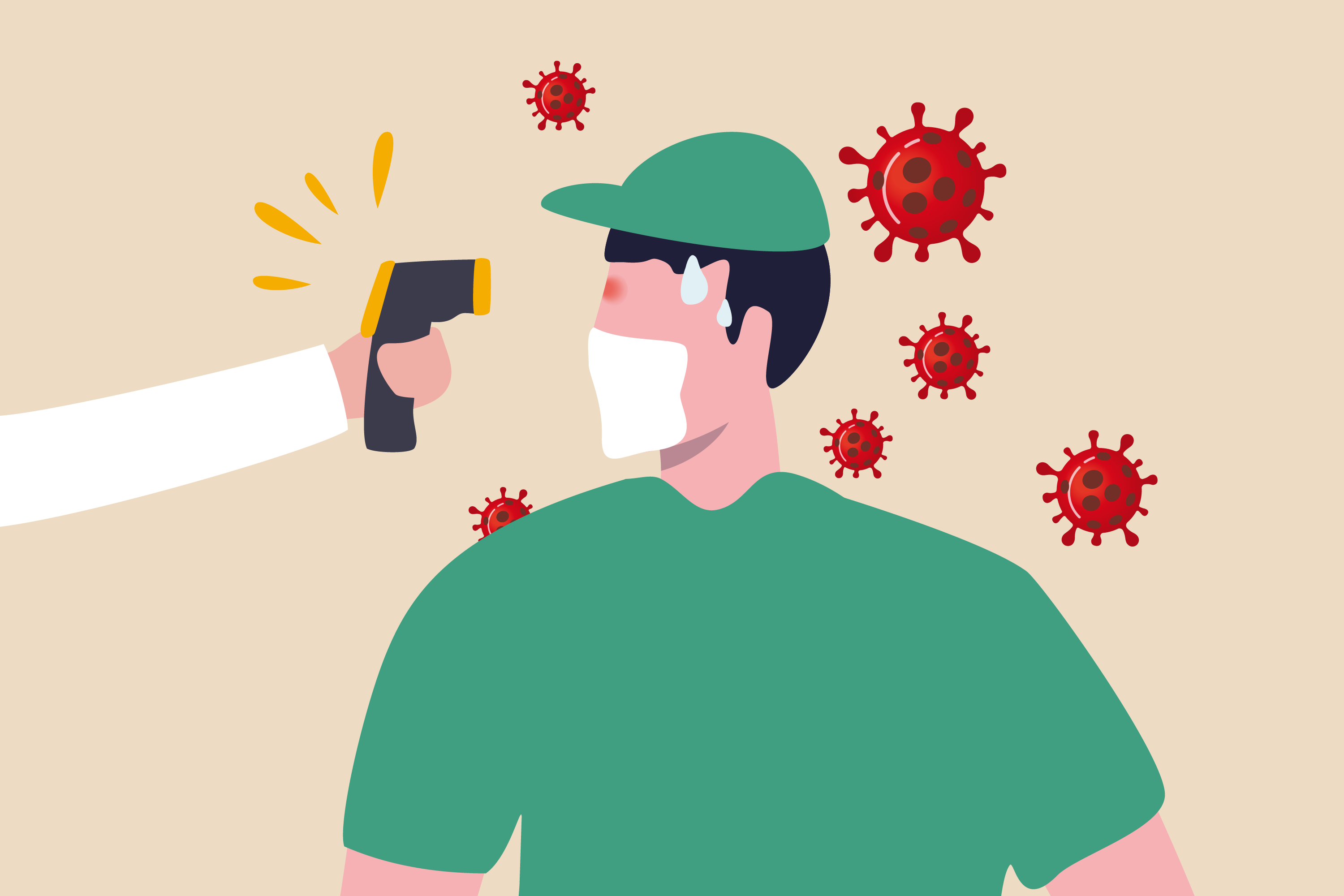
By: Erik Waldman
The meetings industry around the world has undergone tremendous change since the introduction of COVID-19. Public assembly facilities have evolved from places that host large events to alternative uses like makeshift hospitals, homeless shelters and meal prep assembly lines for tireless healthcare workers. With the events industry on hold as a result of COVID-19 restrictions, conferences have been either postponed, cancelled or pivoted to virtual events. As news spreads on trying to reopen the economy, public assembly facilities are working behind the scenes to recover from their alternative use and reopen with new procedures to make their venues safe. This piece is not meant to give answers to reopening convention centers but to provide thoughts on areas to hone your focus when tackling the audacious task of keeping patrons safe.
Dating back to the awful tragedies of September 11, 2001, the world as we knew it changed. As a result, venue security posture was heightened and never pulled back. Elevated security like metal detection when entering a sporting facility or K9 bomb sweeps before opening the doors to a convention became the new normal. The resources that our industry associations are currently spearheading on COVID-19 will be presented to the federal government and likely become the standard for cleaning and sanitation. The approach will not be “one size fits all” but will at least lay an important framework.
The first thing that comes to my mind when broaching the subject of reopening from COVID-19 is cleaning. With all the surfaces that are touched in facilities, customers need to know that venues are taking things seriously. Will new cleaning products introduced as best practices effect a venue’s LEED Certification? Will the companies that manufacture these products be able to keep up with the demand? If not, will venues have to shut down until the supply chain is stable enough to guarantee these products are always available? The uncertainty of these questions is what’s keeping venue managers up at night.
Recently, Hilton Hotels announced that they partnered with RB/Lysol and Mayo Clinic to elevate hygiene practices from check-in to check-out now called, Hilton CleanStay. Their team members will be trained in the elevated processes to ensure their guests have an enjoyable and healthy stay. Venues will need to follow suit to have this experience transfer through to meeting locations. When guests enter a venue, custodial staff will need to be clearly identified in front of house areas, wiping down surfaces and refilling guest sanitation products. Restrooms will need to always be fully stocked to give guests the confidence that they are staying safe. Perception is reality. Public Relation teams need to start telling the story of these organizational changes. If guests are hearing and seeing elevated cleaning standards, they will feel at ease when attending a meeting.
Enhanced cleaning protocols will also lead to increased expenses that convention centers will have to shoulder. These increased costs will likely be transferred to show managers and then again to exhibitors and attendees. As the security posture permanently increased from the attacks on September 11th, elevated cleaning processes cannot take a step back either.
When looking at the operation of a stadium or arena, entry searches at checkpoints are consistent. Prior to the COVID-19 pandemic, guests would approach an entry gate ready to go through a bag check, then a walk-through metal detector before finally having their ticket scanned before entering. These steps, with the addition of many others, help these sporting venues achieve Safety Act Certification through the Department of Homeland Security (DHS). Currently, the International Association of Venue Managers (IAVM) is working with DHS on a program called Secure Venue. This is the convention center’s version of the Safety Act Certification. With potential new temperature screenings for guests entering facilities, I can see this step being introduced as part of the process for acceptance. Convention centers may need to limit the amount of entries into their facility to ensure that everyone goes through the proper screening.

As organizations are looking into the possibility of using temperature screening for guests to enter their facilities, multiple questions come to mind:
- Does an elevated temperature translate to testing positive for COVID-19?
- If a person is identified as having an elevated temperature, are facilities going to be required to quarantine that individual? Will they need to deny them access and refund their entry fee?
- What will venue operators do with guests that happen to be near a person with the elevated temperature? Do they need to deny them access too as they may have been infected?
- Will venues be required to employ a medical staff to handle guests who may have an infectious disease?
- What are the privacy issues that need to be considered? Like filming an event for broadcast, will signage need to be posted outside the venue alerting guests that they are agreeing to have their temperature taken if they want to gain access (i.e. forgoing their medical privacy rights)?
Venue managers are facing these questions as they contemplate reopening their facilities. They are all dancing the line of mitigating risk vs. opening for business.
As architects of these venues, tvsdesign is researching how design can be used to help protect venues. We are looking at materials that are easy to clean and look great. We are giving thought as to how guests will circulate around venues and providing recommendations on how to socially distance.
tvsdesign is fortunate to have the healthcare sector as part of the firm. The principals from healthcare and public assembly are teaming up to talk through the future of design and infectious disease – another value-add that tvsdesign provides for their client base.
I could go on with questions that our industry is facing. IAVM, along with other associations are putting together task forces to help their members put best practices together for reopening. Go LIVE Together was recently established by Freeman as an online resource and rallying point for a coalition of associations, companies and professionals as the events industry grapples with the sweeping effects of the pandemic and how to shape the road to recovery. Another resource for venues was recently published by Cushman & Wakefield titled, The Safe Six Checklist. The checklist provides a great reference to establish easily digestible buckets to gather your reopening approach. Finally, The Event Safety Alliance just published a Reopening Guide that gives leaders information to support their venue type with reopening.
As venues look to reopen, there are many questions that need to be answered and resources to help. Venues should know that they’re not alone, and I encourage you to reach out to your partners and industry associations for help. And certainly, do not hesitate to reach out to us for a guiding hand. If this quarantine has taught me anything, it is that face-to-face interactions are more important than ever to all industries. This pandemic will not stop the meeting industry. It will only make it stronger.



